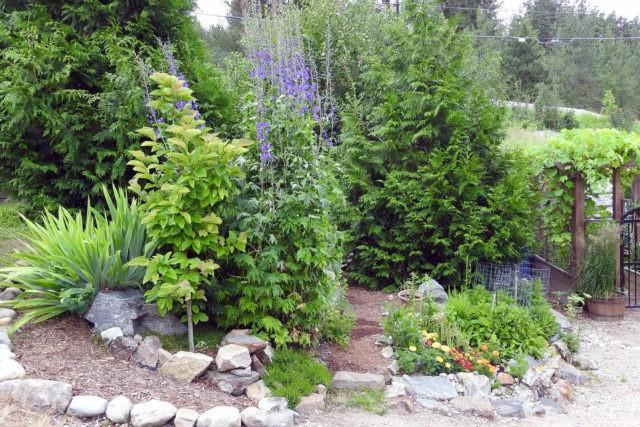Get Outdoors! And learn about bugs: Part 2

If you missed my last article on how remarkable insects are, you’ll find it on my June 14 Facebook post. I also described the vast impoverishment of the entire insect universe — an apocalypse. But we can help turn that around. Our action is urgently needed.
The insect world is quietly disappearing. Its loss of abundance and diversity could alter the planet in unknown ways. It’s an inconspicuous diminishment we don’t see until it’s too late. And it’s hard to track.
Recent studies in Europe by amateur (the Latin root of amateur is love) entomologists show a significant decline in insect populations there in the past 30 years. No similar survey exists in North America, but most observations and data (remember plastered car windshields?) point to declines.
You’ve probably heard that bee populations are collapsing, and those are the livestock Honeybees. How about our numerous native bees that have become extinct or endangered in recent years? And the beloved, once iconic, migrating Monarch butterfly population has declined by 90% in the last twenty years.
Causes:
We know that the degradation and destruction of meadows, forests, wetlands, soil and other wildlife habitats and ecosystems for the development of buildings, roads, agriculture, forestry and other industries create massive wildlife declines including insects.
Also, we are poisoning our natural world with toxic chemicals. These deadly pesticides, insecticides, herbicides and hormonal compounds are widespread and commonly used in agriculture, around homes, on lawns and more. Nature is being destroyed including us. Evidence shows that these man-made toxic chemical compounds are killing us slowly. The same pesticides used on land are found in ocean whale blubber and even in Inuit mother’s milk and considered cancer-causing.
These toxic compounds circulate through the environment from treated plants and insects, through water in soil and circulated through vapour in the air and throughout the great water cycle. Or poisoned insects are eaten by insectivorous birds, bats, reptiles and amphibians. Compound these with air pollution, light pollution which confuses night flyers and migrants, traffic carnage, and now climate change…Oh no!!
So here’s how you can help:
Don’t plant a lawn! They are outdated sterile environments that don’t support pollinators or other wildlife, plus they require heavy amounts of water, chemical fertilizers from fossil fuels, herbicides, pesticides and gas (which we should quit using).
Grow native plants (the ones that evolved here) in your yard. Once established they don’t require watering nor any toxic poisons to grow. Saskatoons, Oregon Grape, Mock Orange and Sumac are just a few lovely natives. And the Allan Brooks Nature Centre staff can help you choose other great plants.
If we Naturescaped / Rewilded our yards we would recreate wildlife habitats, drastically reduce wildlife declines and live in a cleaner, safer and healthier environment. You’ll attract birds and butterflies. Read Douglas Tallamy’s “Bringing Nature Home” or “ Nature’s Best Hope” for inspiration – available from the library.
Become a Volunteer Citizen-scientist — Join a naturalist club, NatureKids or a park “friends” group to join others in protecting our natural environment while getting fresh air, exercise and having fun.
Become a Birder – Get out in the field and record observations.
Study wildlife directly dependent on insects — birds, fish, reptiles and amphibians.
Read Bugs of British Columbia by John Acorn — You’ll discover 125 of the biggest, colourful, most common or weird species of bugs to be found in B.C. with wonderful colour illustrations.
Best of all: Get outdoors to observe and enjoy nature and have fun!
Roseanne enthusiastically shares her knowledge of the outdoors to help readers experience and enjoy nature. Discover exciting and adventurous natural events, best trails, and wild places. Follow her on Facebook for more.

Leave a Reply
Want to join the discussion?Feel free to contribute!